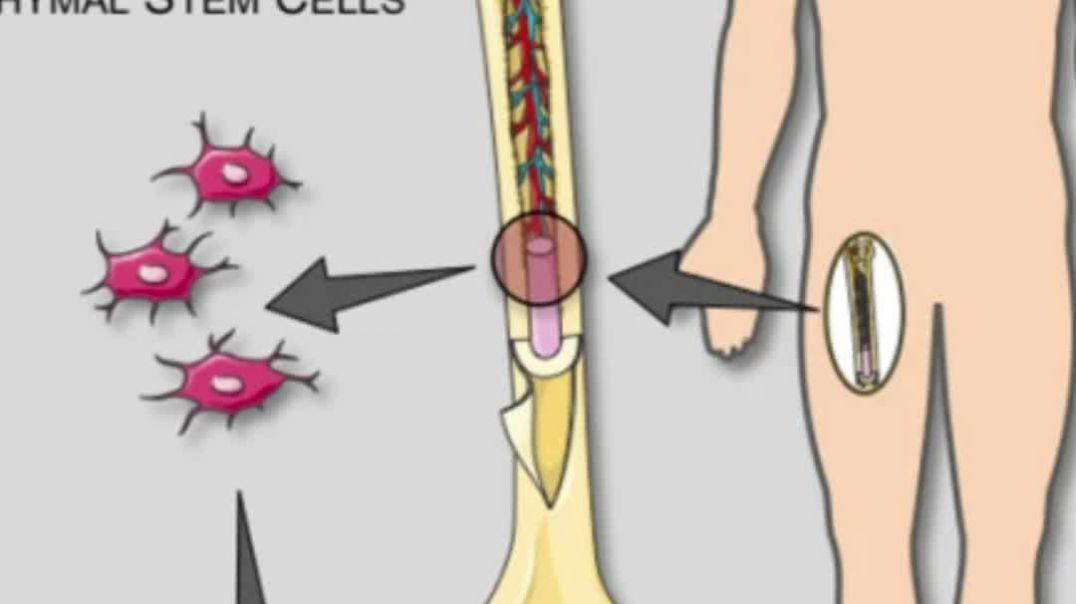What is Multiple Myeloma and how is treated? - Dr. Satish Kumar
Multiple myeloma is also a cancer of the bone marrow. Myeloma starts in the bone marrow from a cell called as plasma cell. It is a cancer of the plasma cell. In Multiple myeloma, which is basically a cancer of the elderly, the plasma cells release toxins, which can affect the kidney, which can affect the bone marrow and the bone. So the patient can present with varied symptoms. The most common symptom being bony pains, low backache, rib pains, which are not relieved by rest. It can present with renal failure or just anaemia or symptoms due to high calcium in the blood. It is very important to identify and recognize symptoms and evaluate properly, because the earlier we start treatment in myeloma, the better are the results. Myeloma is not a curable disease, but can be controlled in majority of the patients. There are newer drugs available in the treatment of myeloma, which make the chances of response to the treatment very high. Myeloma is managed by chemotherapy drugs, which are given in the form of injections and tablets and you can prolong the lifespan of a patient with myeloma easily upto 5 to 6 years.




















SORT BY-
Toppkommentarer
-
Senaste kommentarerna